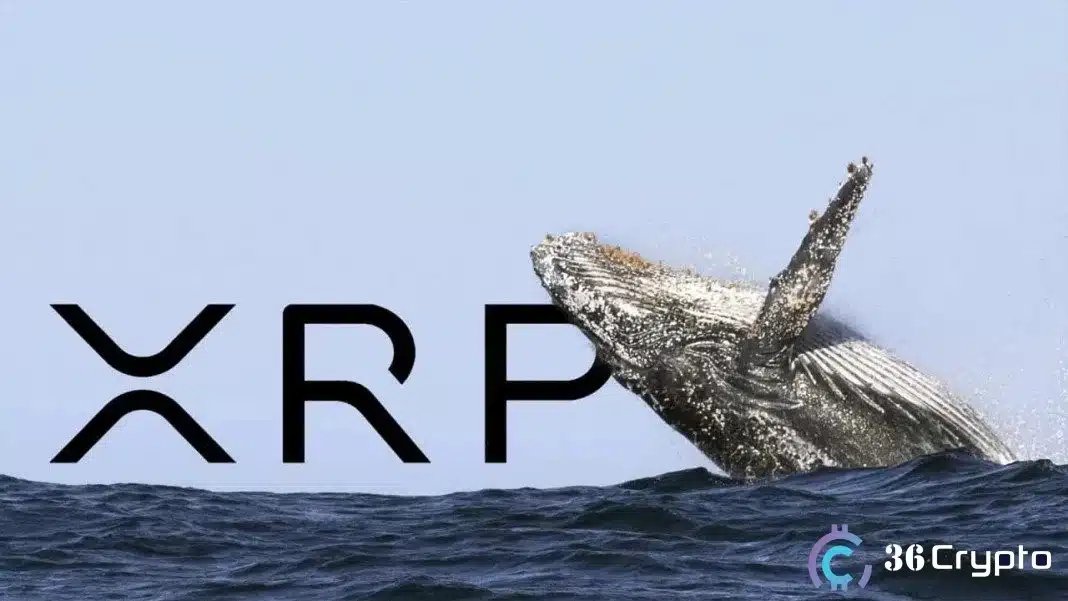VanEck Files for Lido Staked ETH ETF, Signaling Institutional Interest in Liquid Staking
VanEck has taken a big step into the growing world of Ethereum staking. The firm filed an S-1 registration with the SEC for the VanEck Lido Staked ETH ETF, a product that would give investors exposure to stETH, the token you get when you stake ETH through the Lido protocol.
Unlike some crypto products that try to replicate on-chain economics from the sidelines, this ETF would actually hold stETH itself. VanEck’s filing leans on the token’s audited smart contracts, its active secondary-market liquidity, and existing custodian and exchange integrations as reasons why the structure could work for regulated investors.
“The filing signals growing recognition that liquid staking is an essential part of Ethereum’s infrastructure. Lido protocol’s stETH has shown that decentralization and institutional standards can coexist, providing a foundation the broader market can build on,” said Kean Gilbert, Head of Institutional Relations at Lido Ecosystem Foundation.
The numbers help make the case. Lido says staking users have earned more than $2 billion in rewards since launch, and the protocol’s total value locked sits near $40 billion. For institutional buyers, that matters: an ETF holding stETH would aim to mirror the economics of staking while offering daily liquidity and the familiar, regulated wrapper that many long-term investors prefer.
One practical advantage pops up in the filing: because stETH can be traded or redeemed without waiting on Ethereum’s sometimes long withdrawal windows, issuers wouldn’t need to park idle ETH just to meet redemptions. That can make creations and redemptions smoother and let the fund keep continuous exposure to staking yield, a neat operational touch that could matter to cash managers and custodians.
First U.S. ETF Filing to Name stETH Directly
This is also notable because it appears to be the first U.S. ETF filing to name stETH directly, a sign that on-chain staking instruments are inching toward mainstream portfolios. The timing comes after recent guidance from the SEC’s Division of Corporation Finance saying that routine liquid staking activities, issuance, redemptions and secondary trading of staking receipt tokens, don’t automatically turn those tokens into securities, provided the activities are administrative and ministerial. That regulatory clarity has helped clear the way for products that reference liquid staking tokens like stETH.
“Filings that reference liquid staking are a sign of growing regulatory understanding. Through our work across the Crypto Council for Innovation (CCI), CCI’s Proof of Stake Alliance, Blockchain Association and other industry groups, we’ve aimed to help shape that conversation constructively and ensure decentralized protocols like Lido’s can support compliant, transparent access to Ethereum staking,” said Sam Kim, Chief Legal Officer, Lido Labs Foundation.
Lido Institutional, the arm focused on non-retail use, has been pushing the same message: Lido’s open-source middleware lets organizations earn staking rewards and participate in network validation without running their own validators, which can lower the technical barrier and make staking more accessible to professional investors.
For VanEck, the move fits a long pattern. The firm has a history of identifying new investment themes early, from gold and emerging markets to ETFs themselves, and building regulated products around those opportunities. As of April 30, 2025, VanEck managed roughly $116.6 billion across mutual funds, ETFs and institutional accounts, and it’s positioning this new filing as another way to bring a novel, on-chain exposure to traditional portfolios.
If the SEC signs off, the VanEck Lido Staked ETH ETF would be another example of decentralized infrastructure being repackaged for regulated markets. Whether that leads to broad adoption will depend on approvals, market appetite, and how issuers and custodians handle the operational details, but for now, the filing is a clear signal that liquid staking has arrived at the doorstep of mainstream finance.
You May Also Like

Whales Dump 200 Million XRP in Just 2 Weeks – Is XRP’s Price on the Verge of Collapse?

Fed rate decision September 2025
